David Lynch’s Dune movie left audiences with a big misunderstanding surrounding Paul Atreides’ characterization, but Dune: Part Two finally fixes it.
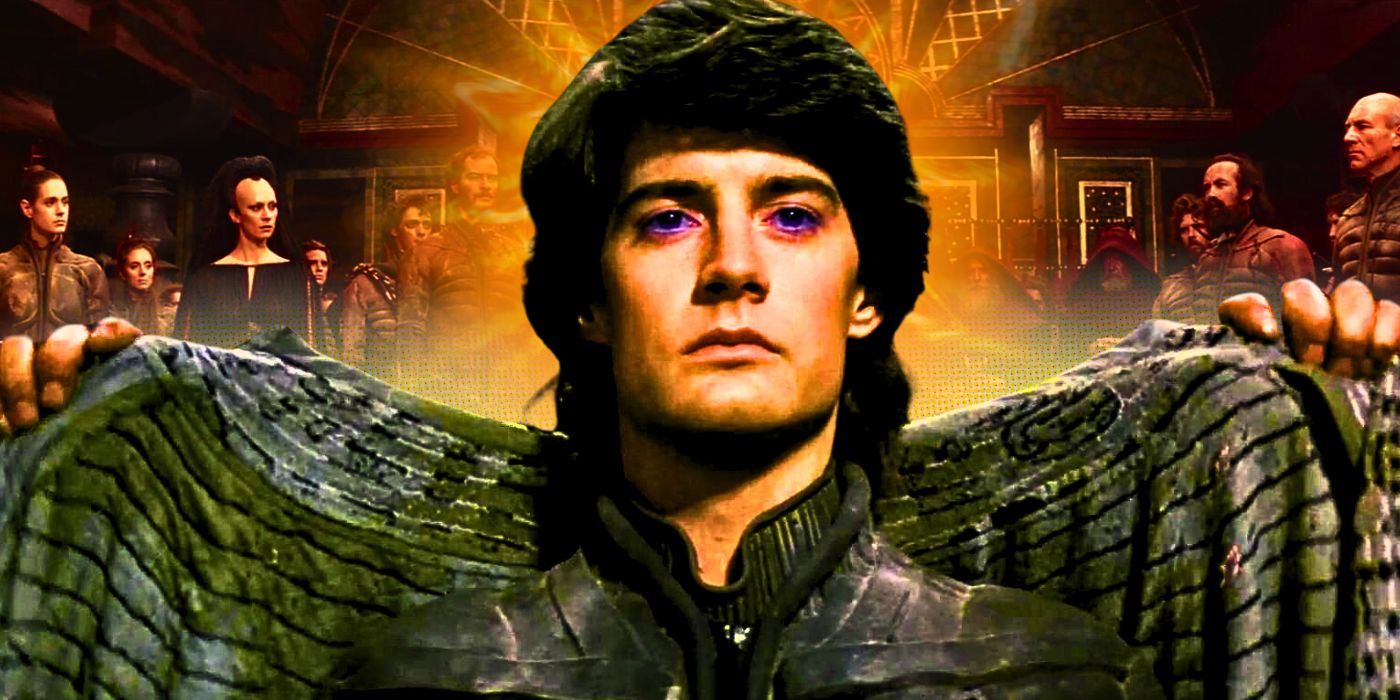
David Lynch’s Dune (1984) misunderstood one crucial aspect of Paul Atreides’ characterization, but Dune 2 thankfully gets it right. Although Denis Villeneuve’s Dune 2 closely adapts many elements of Frank Herbert’s books, it also takes several creative liberties to enhance the original narrative and make it more suitable for the audiovisual medium. For instance, the film does not feature Paul and Chani’s first child because of its limited runtime and emphasis on the key story elements of the source.
Including Paul and Chani’s child also does not make a lot of narrative sense in the film because it significantly changes Chani’s characterization. However, despite bringing so many big changes to the original books, Dune 2 does an incredible job at capturing one crucial aspect of Paul Atreides’ storyline. While David Lynch’s Dune completely misinterpreted this aspect, Villeneuve’s adaptation shines by staying true to Paul’s original narrative.
1984’s Dune Ended By Making Paul A Loving & Peaceful Hero
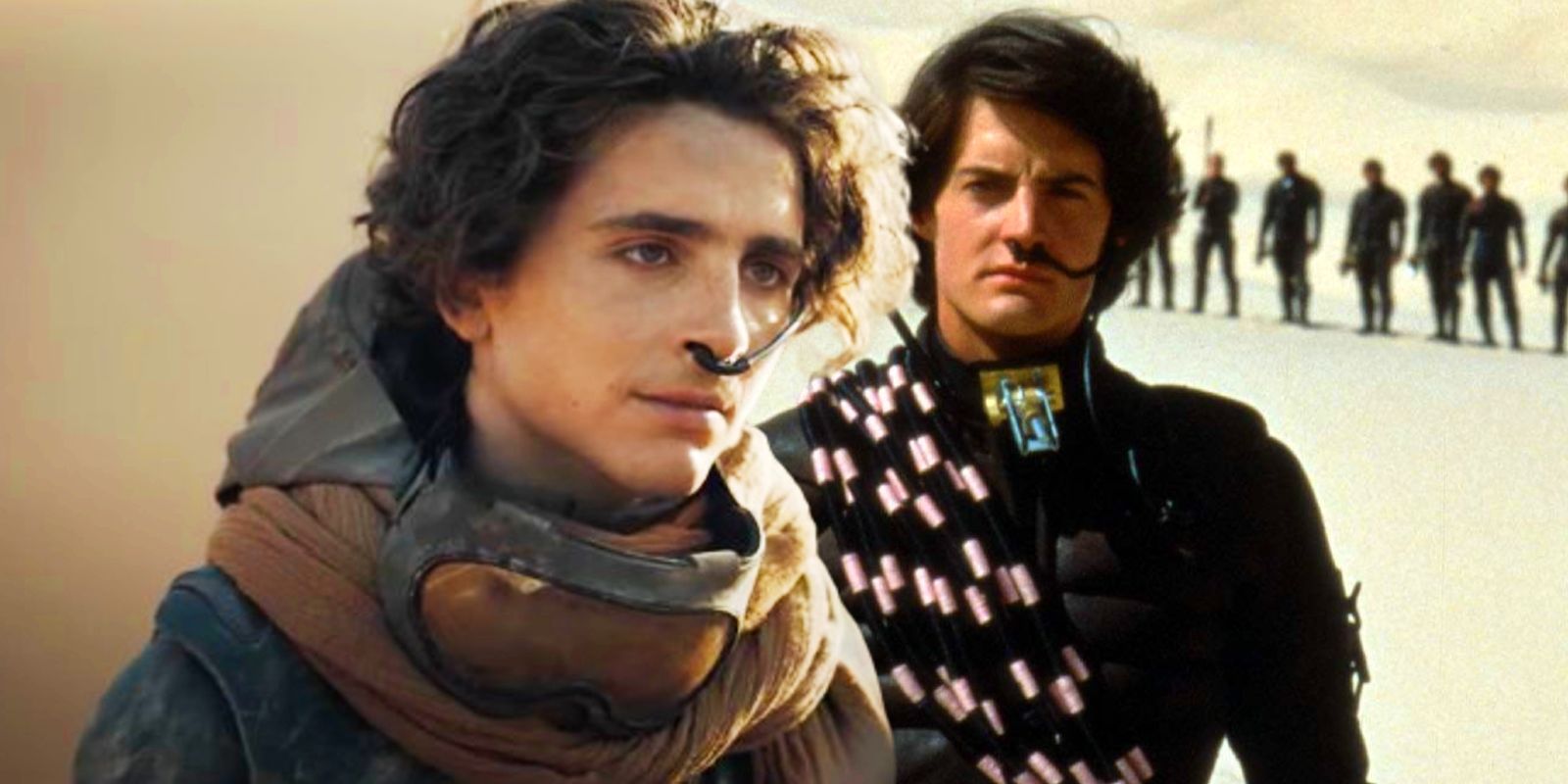
In the final arc of David Lynch’s Dune, a duel-to-death ensues between Paul and Feyd-Rautha. Paul overpowers him and then puts his new abilities on full display. As it rains down on Arrakis, Paul fulfills the Fremen prophecy. The 1984 film ends with Paul’s sister Alia declaring him to be the Kwisatz Haderach. While the movie itself portrays Paul as a heroic figure, a final voiceover reinstates the idea by establishing him as a peaceful and loving legendary figure who will reshape the future. In the original Frank Herbert books, however, Paul’s portrayal is significantly different.
Dune 2 Correctly Positions Paul As A Villain
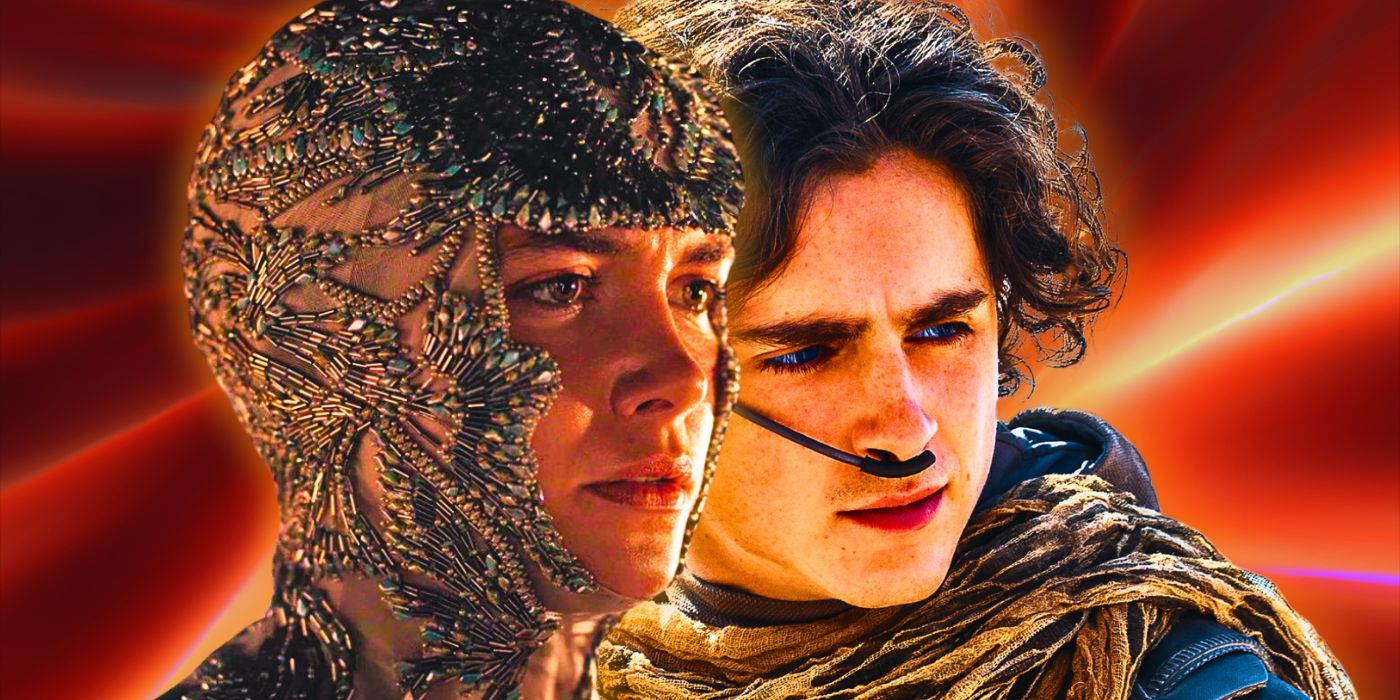
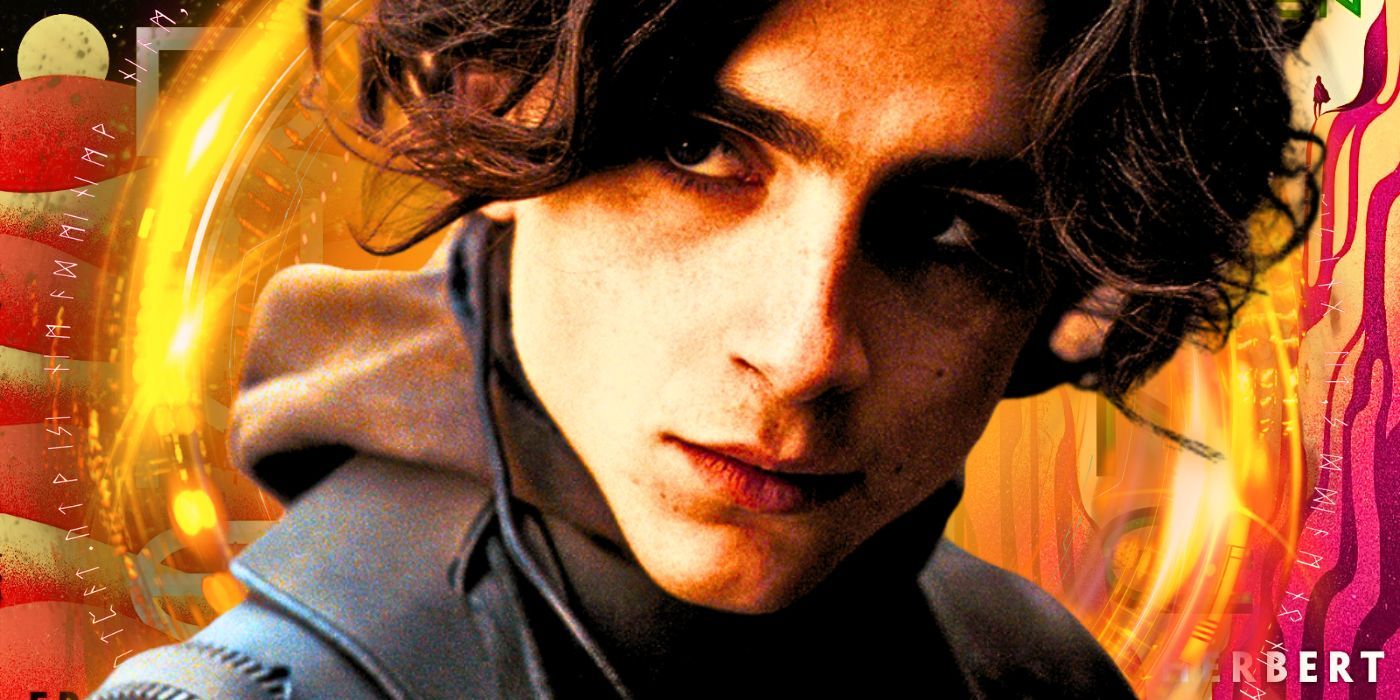
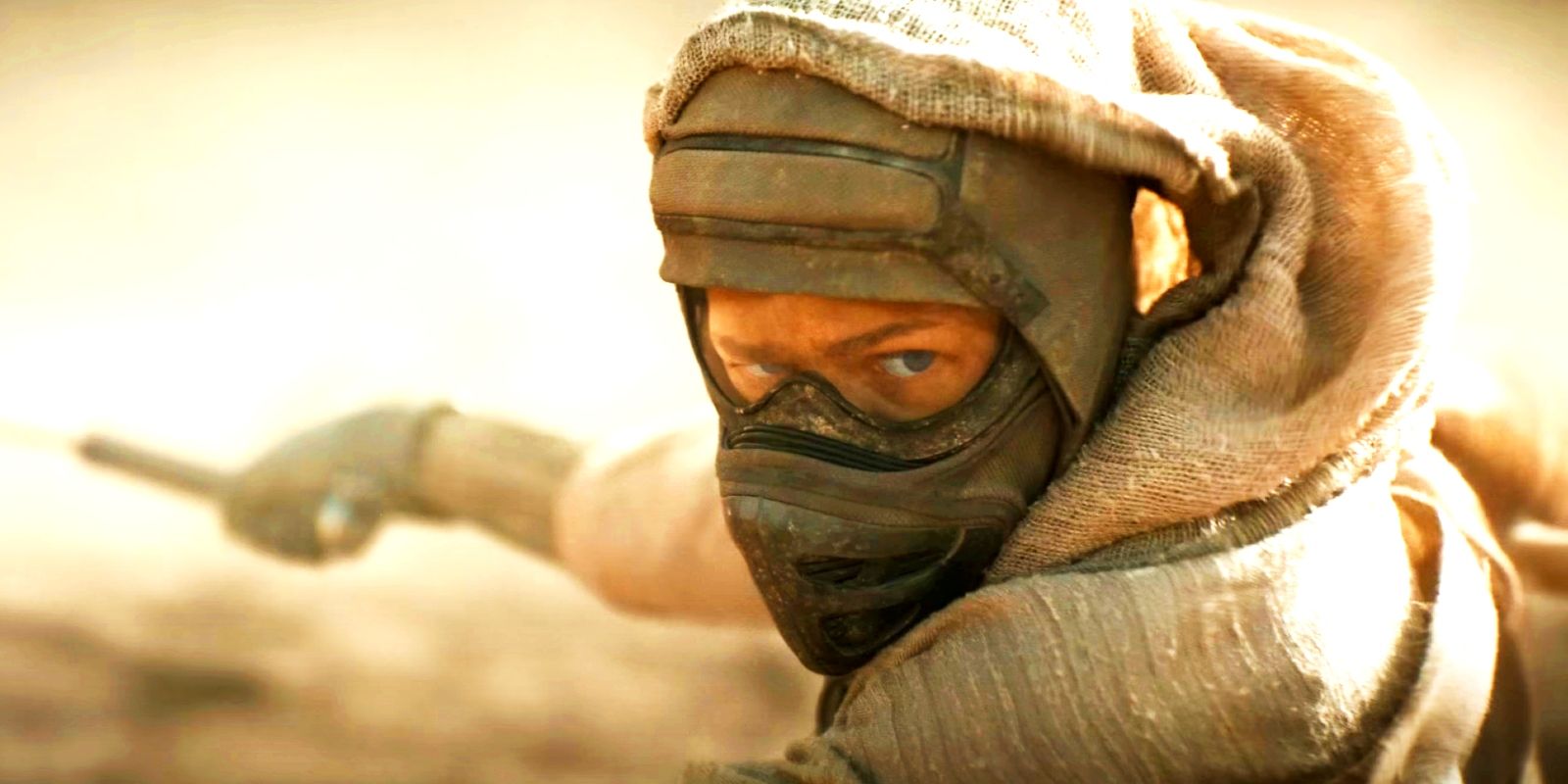
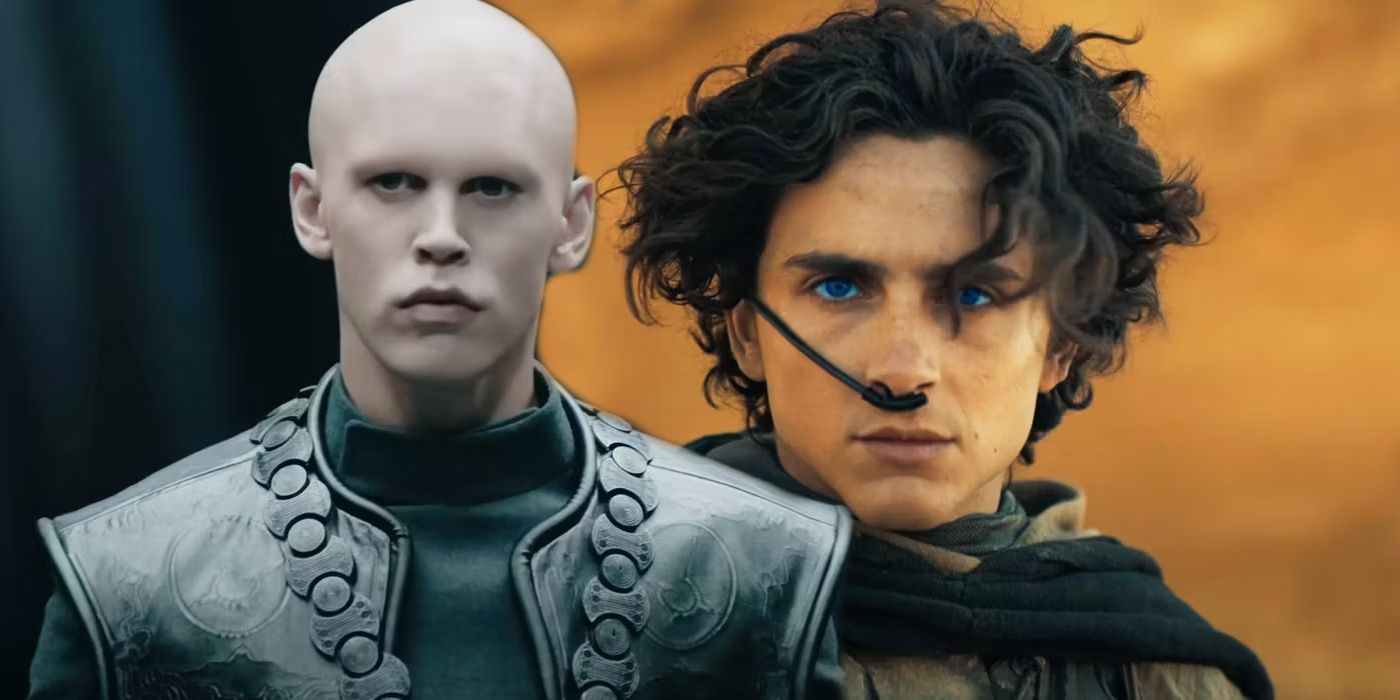
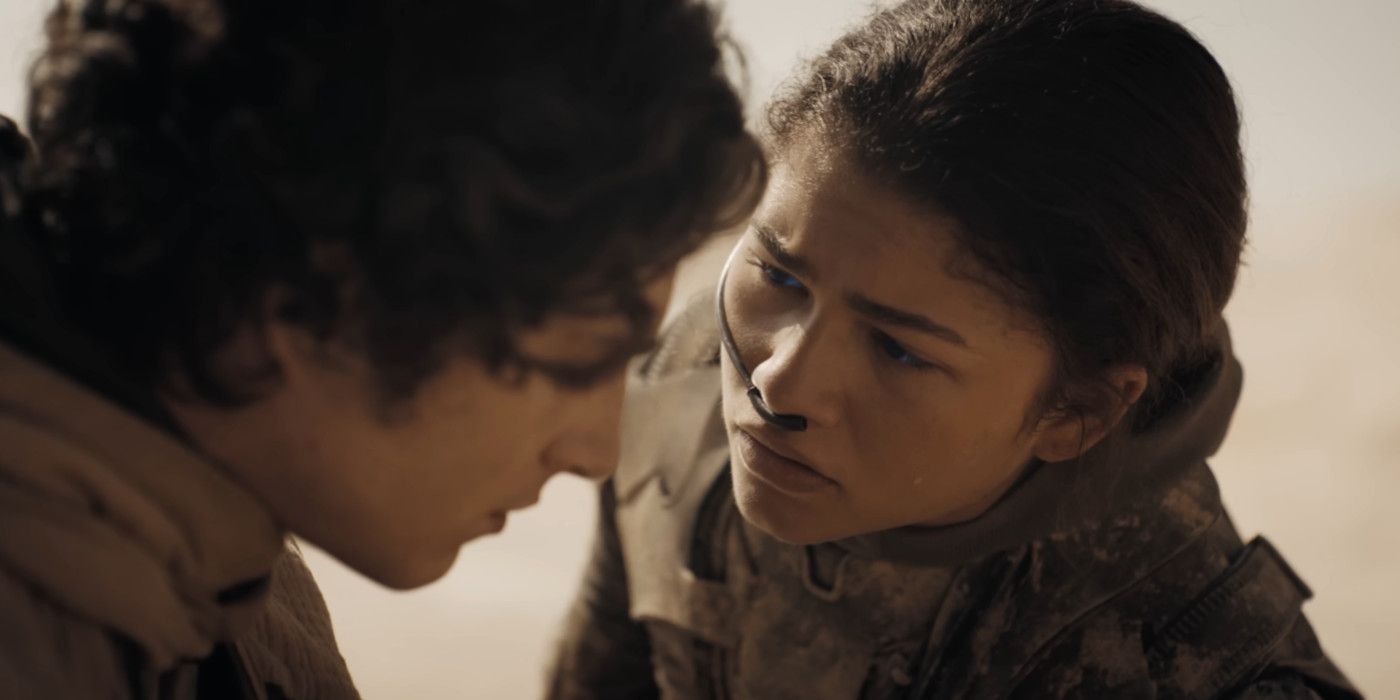
The fact that he still gives in to the temptation of becoming the Lisan al Gaib proves that he willingly decided to accept the immense cost his destiny entails.
In Denis Villeneuve’s Dune: Part Two, when Paul drinks the Water of Life and becomes the Kwisatz Haderach, he is not exactly doing something heroic like his Dune 1984 counterpart. Instead, he is merely succumbing to all the destruction and chaos his destiny will cause. A part of him does not want the holy war to happen, but the fact that he still gives in to the temptation of becoming the Lisan al Gaib proves that he willingly decided to accept the immense cost his destiny entails.
By portraying Paul’s inner conflict and initial reluctance towards the path his mother wants him to walk on, Denis Villeneuve’s Dune: Part Two establishes that he was always cognizant of the consequences of embracing his destiny. However, by still falling for Bene Gesserit’s story and believing it will lead to the greater good, Paul proves that his journey as a villain has begun. Despite getting several aspects of the original books right, David Lynch’s Dune fails to capture Paul’s moral ambiguities. Denis Villeneuve’s Dune 2, in contrast, draws a clear picture of how accepting his fate marks the inception of his gradual moral decay.



